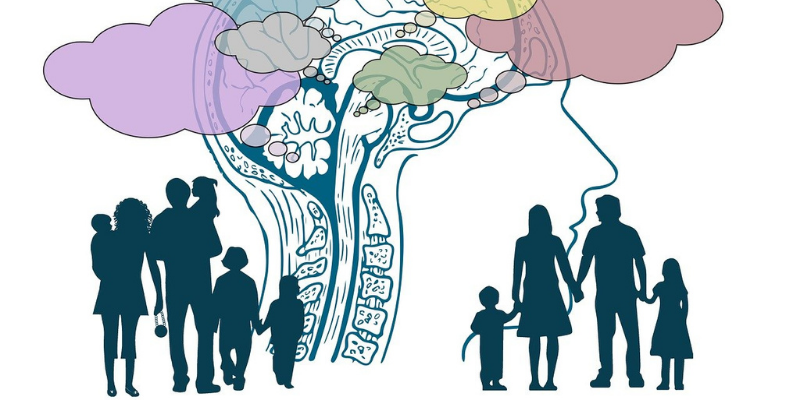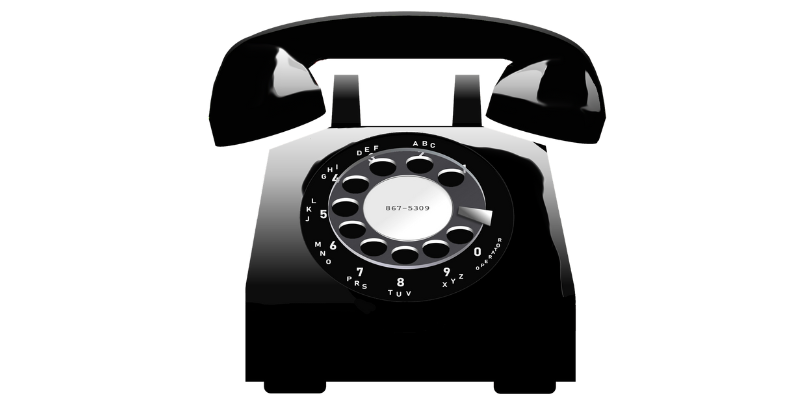Thank you, Carey, for writing this piece. I can feel my own “globus” about my own “half-in, half-out” life and existence return when I read your thoughts and feelings.
Never knowing who and where we are safe to be ourselves. Keeping things in a box to fit in. Worrying if people found out, we will be ostracized.
It is one thing to be judged and misunderstood by strangers; it is entirely another when the people you love do not understand. The difference between the LGBTQIA+ culture and ethnic cultures is that people from an ethnic community usually have people to look up to, to learn from, and to be proud about their culture. On the other hand, LGBTQIA+ culture is not readily accepted and often hated by many groups.
When reflecting on the intersection of LGBTQIA+ culture, being a woman, and the medical community, I have experienced gaslighting and marginalization because of my own identity. Things have changed a little in the past years, particularly in younger generations where sexuality and gender identity are more fluid and accepted. But in healthcare, unconscious bias due to the indoctrination by our elders can cause patients identifying as LGBTQIA+ to receive disparate care.
During palliative care visits and assessments, we strive to be open, curious, and non-judgmental about the people we are caring for; we can be advocates for all cultural diversity including the LGBTQIA+ community.
Please take a few minutes to read Dr. Candrian’s Newsweek reflection:
They Wrote it Off as School Stress. I Hid the Truth Out of Terror (msn.com)



